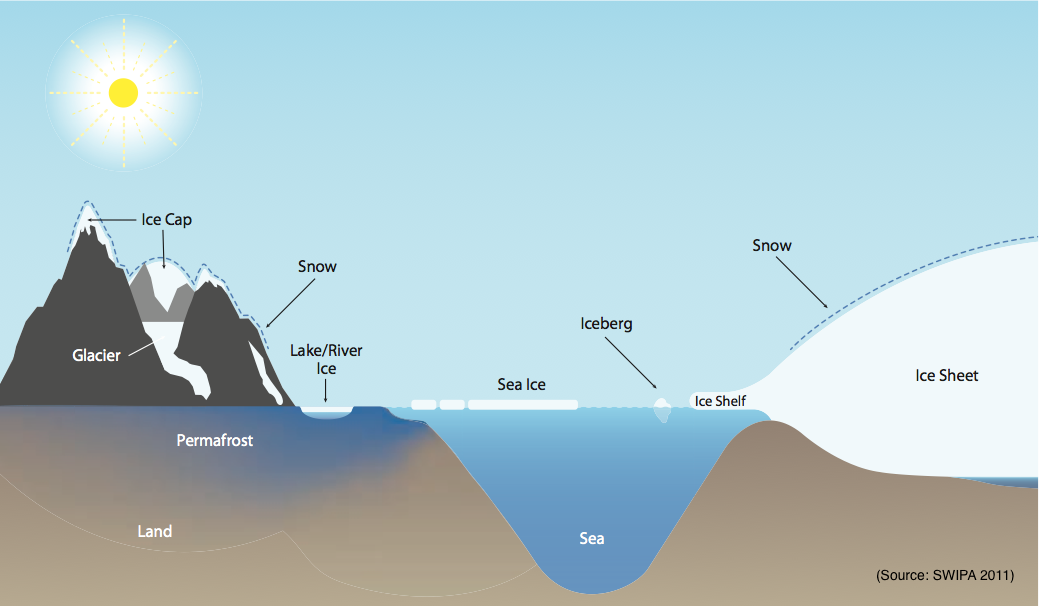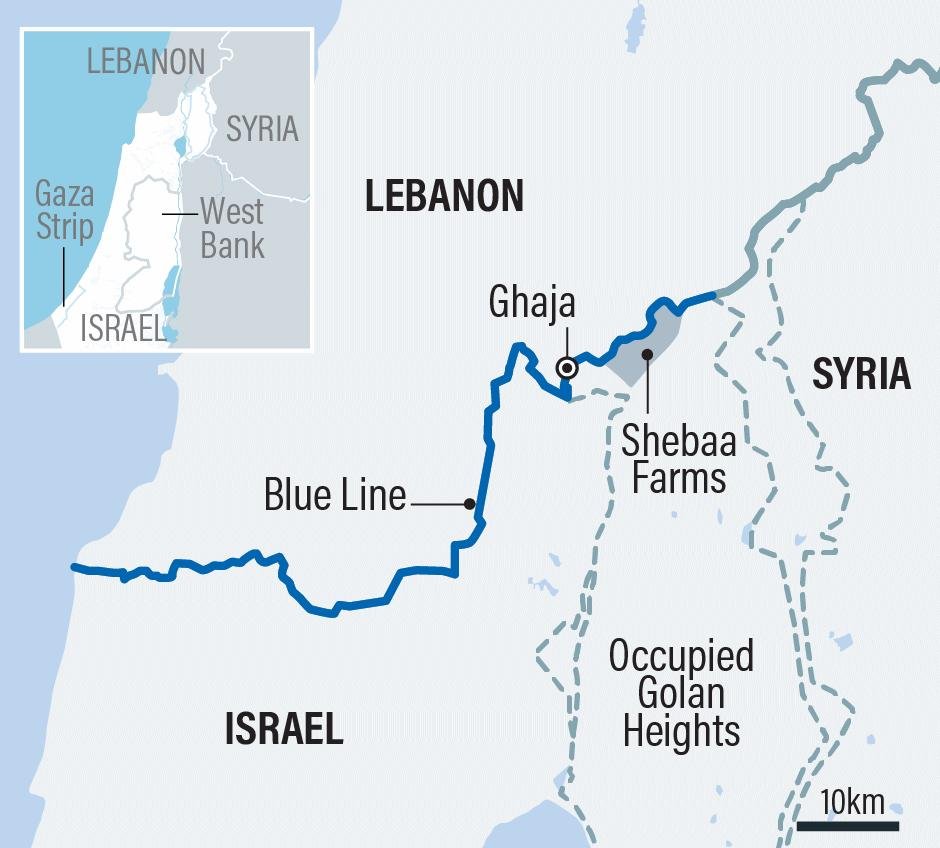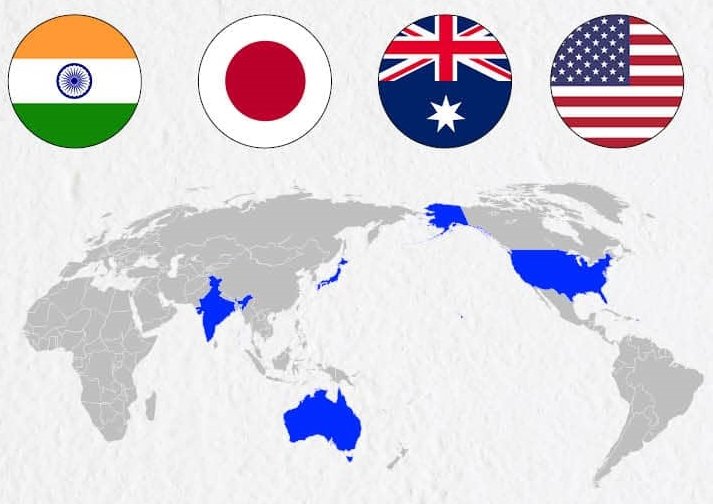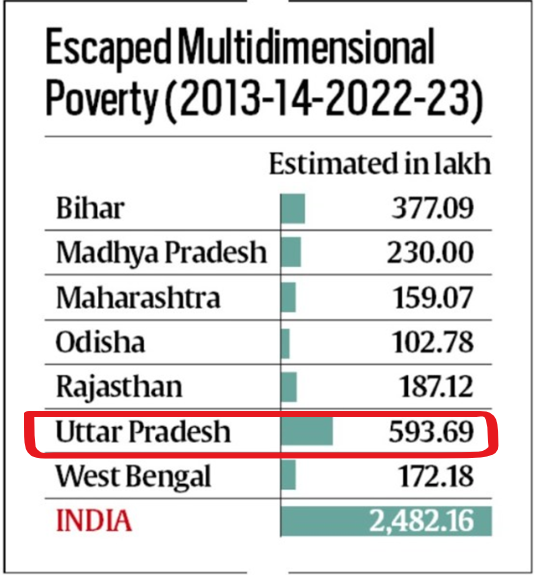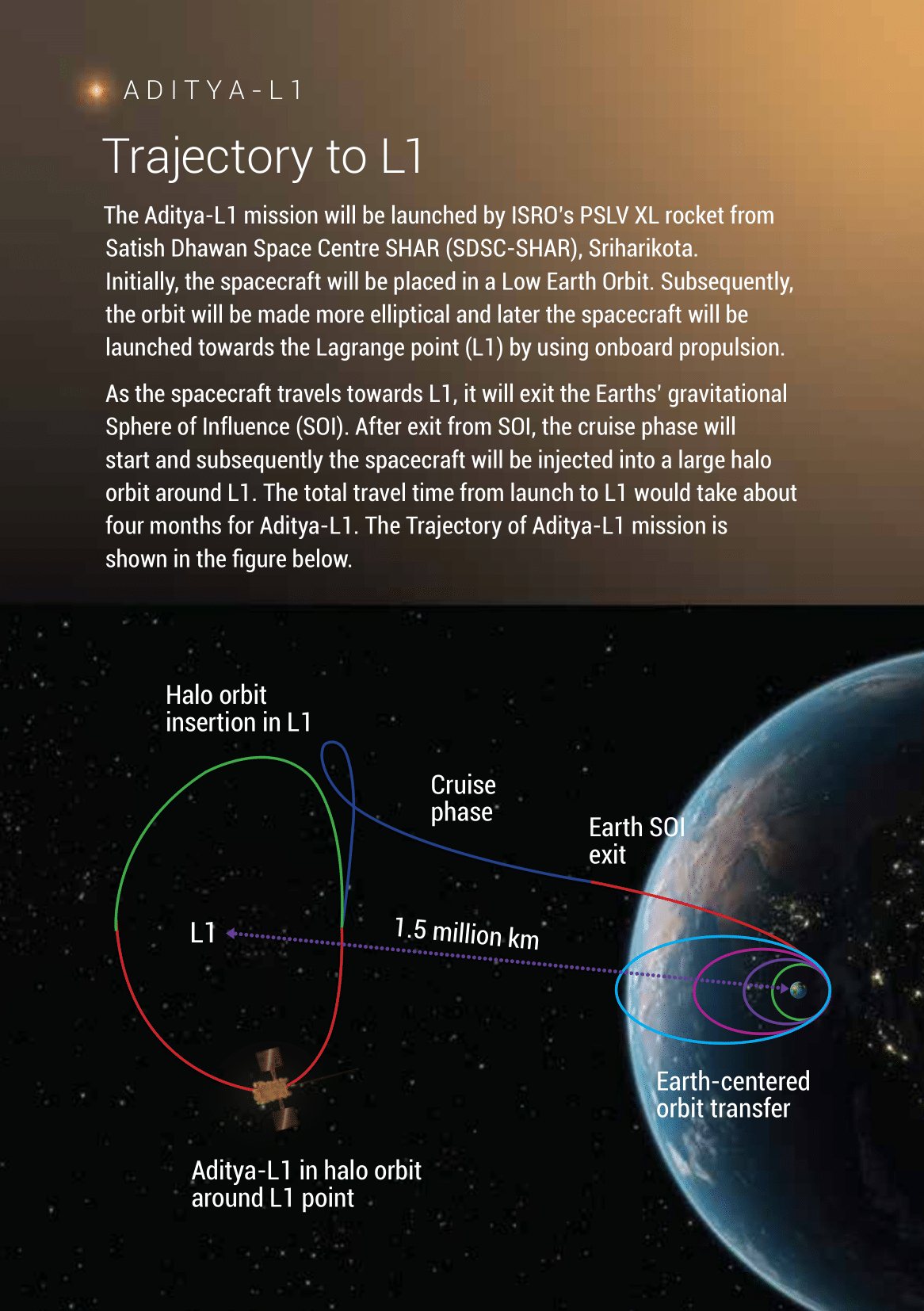
Current Affairs September 22, 2023: Adi Shankaracharya, Statue of Oneness, Advaita Vedanta, Agriculture Infrastructure Fund, AI Chatbot PM-KISAN Scheme, Right to Free Speech: Regulation of Cable TV, Impeachment, National Agriculture Market, Pterygotrigla intermedica, Zoological Survey of India
Subscribers of "Current Affairs" course can Download Daily Current Affairs in PDF/DOC
Subscribe to Never Miss an Important Update! Assured Discounts on New Products!
Must Join PMF IAS Telegram Channel & PMF IAS History Telegram Channel
{GS1 – A&C – Religion – 2023/09/22} Adi Shankaracharya – Statue of Oneness
- Context (IE I TH): The Statue of Oneness (108-feet-tall statue) depicts Shankaracharya as a 12-year-old child when he visited Omkareshwar, MP which has one of the twelve Jyotirlinga shrines.


About Adi Shankaracharya
- Adi Shankaracharya, also known as Shankara, was an ancient Indian philosopher and theologian who lived in the early 8th century CE.
- He was born in Kalady, a village in present-day Kerala.
Philosophical Contributions
- Shankaracharya is renowned for his pivotal role in the development and dissemination of Advaita Vedanta, a non-dualistic school of Hindu philosophy.
- His most significant accomplishment was the synthesis of the six sub-sects known as ‘Shanmata,‘ signifying the worship of six supreme deities.
|
- He established the ‘Dashanami Sampradaya,‘ advocating a monastic way of life.
- Despite his reverence for ancient Hinduism, Shankaracharya criticised the ‘Mimamsa school of Hinduism,’ which relied solely on ritual practices.
Establishment of Four Mathas
- Shankaracharya founded four prominent monastic Centers in India, each associated with one of the cardinal directions:
- Sringeri in the south
- Dwarka in the west
- Puri in the east
- Badrinath in the north
Commentaries and Writings
- He authored 18 commentaries on major religious scriptures like the Bhagavad Gita, Brahmasutras, and 12 major Upanishads.
- His commentary on the ‘Brahma Sutra’ is known as ‘Brahmasutrabhasya‘ and is the oldest surviving commentary on the subject.
- Shankaracharya composed 23 books expounding the principles of Advaita Vedanta, including works like Viveka Chudamani, AtmaBodha, Vakya Vritti, and Upadesa Sahasri.
- He also crafted 72 devotional hymns, such as Soundarya Lahari and Nirvana Shatakam.
Passing and Legacy
- Adi Shankaracharya is believed to have attained Samadhi, a state of profound meditation or realization, at the young age of 32 in Kedarnath in the Himalayas.
Advaita Vedanta
- Advaita Vedanta represents the non-dualistic school of Hindu philosophy, a subset of Vedanta, which is one of six orthodox schools of Hindu thought.
- Its foundations are primarily derived from the Upanishads and were elaborated by eminent scholars like Sri Adi Shankaracharya and Gaudapada.
Non-Dualism (Advaita)
- The term “Dvaita” signifies duality, while “Advaita” denotes non-duality.
- Advaita Vedanta emphasizes the fundamental oneness and non-duality of all existence.
Ultimate Reality (Brahman)
- Advaita Vedanta posits that the ultimate reality, known as Brahman, is the sole true, unchanging, and absolute reality.
- Everything else, including the individual self (Atman), the material world (Prakriti), and the gods, is ultimately an illusion (maya) or a temporary manifestation of Brahman.
Jiva (Individual Soul)
- In Advaita Vedanta, the individual soul or jiva is perceived as an expression of Brahman temporarily confined by the limitations of the physical body and mind.
Moksha (Liberation)
- Liberation (moksha) is the ultimate goal of Advaita Vedanta, achieved when the jiva realizes its essential identity with Brahman.
- Moksha entails liberation from the cycle of birth and death and recognising one’s true nature as Brahman.
- Self-realization (atma-jnana) and removing ignorance (avidya) are the means to attain moksha.
- Advaita Vedanta offers various paths to realization, including:
- Jnana Yoga (the path of knowledge)
- Bhakti Yoga (the path of devotion)
- Karma Yoga (the path of selfless action)
- Despite its emphasis on the illusory nature of the world, Advaita Vedanta acknowledges the relative reality of the empirical world and encourages individuals to fulfil their worldly duties (dharma) while seeking spiritual enlightenment.
{GS2 – IR – India-Canada – 2023/09/22} India-Canada Ties
- Context (IE I IE): The unprecedented escalation of tensions with Canada, a first-of-its-kind situation in India’s diplomatic relations with the West.
Canada is home to 5.26% of overseas Indians
- There are 3,21,00,340 overseas Indians, of which 5.26% are in Canada.
- These include 1,78,410 Non-Resident Indians (NRIs) and 15,10,645 Persons of Indian Origin (PIOs).
- Canada is home to more Sikhs as a percentage of the national population than India.
- Every 7th Indian student studying abroad is in Canada. In 2022, of 13,24,954 Indian students abroad, 13.83% were in Canada.
Economic ties
FDI
- Canada accounts for 0.56% of the total FDI in India. The total FDI equity inflow in India between April 2000 and June 2023 stood at $645,386.0884 million, of which 0.5 per cent came from Canada.
Tourism
- Canada is the fourth largest source of tourists in India (based on 2021 figures)
- Canada accounted for 5.3% of Foreign Tourist Arrivals (FTAs) in India. 72.6% of the Canadian FTAs were members of the Indian diaspora.
Trade
- Bilateral trade with Canada accounts for only 0.70% of India’s total trade
- Canada was India’s 35th biggest trading partner country. (India has higher bilateral trade with smaller countries like Nepal and Taiwan.)
Imports and Exports
Top three import categories
- Mineral fuels, mineral oils and products of their distillation; bituminous substances; mineral waxes.
- Pulp of wood or of other fibrous cellulosic material; waste and scrap of paper or paperboard.
Top five Indian imports from Canada
- Coking Coal: Coking Coal was the most valued item India imported from Canada during 2022-23. Canada was the 5th largest coking coal supplier to India after Australia, the US, Singapore, & Russia.
- Potassium Chloride: Canada is India’s biggest source of potassium chloride. The other countries that supplied potassium chloride to India were Israel, Jordan, Belarus, Turkmenistan, and Russia.
- Lentils: Canada is the biggest supplier of ‘masur’ dal to India. The other countries exporting lentils to India are Australia, the Netherlands, the UAE, and Sri Lanka.
- Newsprint: Canada is a major source of newsprint. The other countries that supplied the newsprint to India were Russia, Korea, Malaysia, and the UAE.
- Wood Pulp: Canada is also a significant source of wood pulp. New Zealand, Sweden, Estonia, the US, and the Netherlands were the other countries that supplied wood pulp to India last year.
Top three export categories
- Pharmaceutical products
- Articles of iron or steel
- Nuclear reactors, boilers, machinery and mechanical appliances; parts thereof
Major Agri imports from Canada
- Canada is important to India as a supplier of two major Agri-related commodities.
Muriate of potash (MOP)
- MOP is India’s third most consumed fertilizer after urea and di-ammonium phosphate. Canada was India’s largest MOP supplier last year, followed by Israel and Jordan.
Masur
- India is a significant importer of pulses, with Masur being the biggest after tur. Canada is India’s largest Masur supplier, followed by Australia.
{GS2 – MoAFW – Initiatives – 2023/09/22} Agriculture Infrastructure Fund (AIF)
- Context (DTE): After three years of launch, only 15% of Rs 1 lakh crore AIF disbursed.
- Among the states and UTs, MP has utilized the maximum funding followed by Maharashtra and UP.
- Some of the states that are lagging in fund utilization are Tamil Nadu, Andhra Pradesh, Chhattisgarh, Odisha, Kerala, Bihar, Jharkhand, etc.
Agriculture Infrastructure Fund (AIF)
- AIF is a central sector scheme launched in 2020 under Ministry of Agriculture, Cooperation and Farmers’ Welfare (MoA&FW).
- AIF provides medium and long-term debt financing for post-harvest management infrastructure and community farming assets through interest subvention and financial support.
- Duration of the scheme: Financial Year 2020-21 to 2032-33.
Benefits of AIF
- Under the scheme, Rs. 1 lakh crore will be provided by banks and financial institutions as loans to beneficiaries.
- All loans will have interest subvention of 3% per annum up to a limit of Rs. 2 crores. This subvention will be available for a maximum period of seven years.
- Credit guarantee coverage will be available for eligible borrowers under Credit Guarantee Fund Trust for Micro and Small Enterprises (CGTMSE) scheme for a loan up to Rs. 2 crores. The fee for this coverage will be paid by the Government.
- Moratorium for repayment from 6 months up to 2 years.
Intended beneficiaries
- Agricultural Produce Market Committee (APMC)
- Agri-Entrepreneur
- Central/State/Local body sponsored Public-Private Partnership Project
- Farmer
- Farmer Producers Organization and Federation of Farmer Produce Organisations
- Joint Liability Groups
- Marketing Cooperative Society
- Multipurpose Cooperative Society
- National Federations of Cooperatives
- Primary Agricultural Credit Society
- Self Help Groups and Federations of Self Help Groups
- Start-Up
- State Agencies
- State Federations of Cooperatives

Credit Guarantee Fund Scheme for Micro and Small Enterprises (CGS)
|
{GS2 – MoAFW – Schemes – 2023/09/22} AI Chatbot PM-KISAN Scheme
- Context (IE | PIB): AI Chatbot for PM-KISAN Scheme has been launched.
- It will provide farmers with prompt, clear, and accurate responses to their queries.
- It is the first AI Chatbot integrated with a major flagship scheme of GoI.
Pradhan Mantri Kisan Samman Nidhi (PM-KISAN) Scheme
- PM-KISAN was launched in 2018 to augment the income of Small and Marginal Farmers (SMFs).
- It is a central sector scheme (100% centrally funded) implemented by the Ministry of Agriculture, Cooperation and Farmers’ Welfare (MoA&FW).
Objectives of PM-KISAN Scheme
- To supplement the financial needs of the SMFs in procuring various inputs.
- To protect SMFs from falling into the clutches of moneylenders.
Benefits of PM-KISAN Scheme
- Payment of Rs.6000 per annum per family payable in three equal installments, every four months.
Eligibility to get Benefits under PM-KISAN Scheme
- All landholding farmer families having cultivable landholding up to 2 hectares, whose names appear in the land records of States/UT as on 01.02.2019.
Excluded from the Benefits under PM-KISAN Scheme
- All Institutional Landholders
- Farmer families in which one or more of its members belong to the following categories: –
- Former and present holders of constitutional posts
- Former and present Ministers/State Ministers, MPs/MLAs, Mayors of Municipal Corporations, and Chairpersons of District Panchayats
- All serving or retired officers and employees of Central/State Government, Central/State PSEs, Attached offices/Autonomous Institutions under the Government and employees of the Local Bodies (Excluding Multi-Tasking Staff /Class IV/Group D employees)
- All superannuated/retired pensioners whose monthly pension is Rs.10,000/-or more (Excluding Multi-Tasking Staff /Class IV/Group D employees)
- All Persons who paid Income Tax in the last assessment year
- Professionals like Doctors, Engineers, Lawyers, Chartered Accountants, and Architects

{GS2 – Polity – IC – 2023/09/22} Preamble
- Context (TH): Congress leader claims that the words “socialist” and “secular” were missing from the copies of the Preamble of IC given to MPs.
- The government clarified that the copies distributed carried the original version of the Preamble of the IC as passed by the Constituent Assembly.
- The Preamble of IC is based on the “objectives resolution” drafted and moved by Pandit Nehru on December 13, 1946. The constituent assembly adopted it on January 22, 1947.
- The best summary of the philosophy of IC is found in the Preamble.
|
- The opening and last sentences of the preamble: “We, the people… adopt, enact and give to ourselves this Constitution signifies that the power is ultimately vested in the hands of the people.
- The preamble declares India to be:
- A Sovereign, Socialist, Secular, Democratic, and Republic.
- A welfare state committed:
- to secure justice, liberty, and equality for the people.
- For promoting fraternity, the dignity of the individual & the unity & integrity of the nation.
- The objectives specified in the preamble constitute the basic structure of the Indian Constitution, which cannot be amended.
Introduction of Socialist and Secular in the Preamble
- These two words were originally not a part of the Preamble.
- They were added later through the Constitutional amendment.
Socialist
- The word ‘Socialist’ was added to emphasise socialism as an Indian state goal and philosophy.
- India’s socialism differed from that of the USSR or China, as it didn’t involve nationalising all means of production.
Secular
- Secularism has always been a part of the Constitution’s philosophy. It is reflected in Articles 25-28.
- The 42nd Amendment just officially added the word to the Constitution.
- A secular Indian state treats all religions equally, maintaining neutrality and impartiality.
- It doesn’t endorse any one religion as a state religion.
- The Indian concept of secularism is different from the Western concept.
- In Indian secularism, the state gives all religions the same status and support.
- In Western secularism, state and religion are separated completely.
|
Preamble: a part of IC
- In the Berubari Union case (1960), the SC said that the Preamble is not a part of the Constitution.
- In the Kesavananda Bharati case (1973), the SC held that the Preamble is a part of the Constitution.
{GS2 – Polity – IC – FRs – 2023/09/22} Right to Free Speech: Regulation of Cable TV
- Context (TH): The Indian government told TV channels not to invite people charged with serious crimes like terrorism to their programs.
- Cable Television Networks (Regulation) Act, 1995 deals with the:
- Regulation of cable television network
- Content Regulation
- Under the act, registration of cable TV network operators is mandatory.
- Section 20 of the act lays down the circumstances under which GoI can regulate or prohibit transmission/retransmission of any television channel or programme in the public interest.
{GS2 – Polity – IC – President – 2023/09/22} Impeachment: US vs India
- Context (TH): Republican lawmakers plan to impeach Democratic President Joe Biden.
- Impeachment is the act or process of formally removing a public official.
- None of the US Presidents have been impeached officially by both the houses of the US Congress.
- Some have faced the charge and have been officially impeached by one house.
|
Impeachment process in the US
- The House of Representatives brings articles (charges) of impeachment against the President.
- If the House adopts the articles by a simple majority vote, the President has been impeached.
- After that, the Senate holds an impeachment trial. The U.S. SC chief justice presides the trial.
- If two-thirds of the senators are present and vote for conviction, the president is removed.
- If removed from office, the President cannot hold the elected office again.
Impeachment of the Indian President
- Article 61 of IC deals with the procedure for impeachment of the President.
- The President can be impeached (removed) for violating the Constitution.
- Either House of Parliament can move the impeachment charges (resolution).
- Such a resolution can be moved only:
- After giving 14-day notice in writing
- If it is signed by at least one-fourth of the members of the House.
- The House can pass the resolution by a majority of two-thirds of the total membership.
- If the resolution is passed by one house, it is sent to another.
- The other House will investigate the charge.
- As a result of the investigation, if a resolution is passed by a majority of two-thirds of the total membership of the House, the President is removed from office.
{GS3 – Agri – E-Tech – 2023/09/22} Information Technology in Agriculture Sector
- Context (PIB): Information technologies are finding increasing use in the agricultural value system, and farmers are increasingly becoming more informed.
- Reason: Various Digital Initiatives taken by GoI have provided farmers access to technology and information nationwide.
Digital Initiatives Taken by GoI for the Agricultural Sector
National e-Governance Plan in Agriculture (NeGP-A)
- Under NeGP-A, funds are provided to the State(s)/UT(s) for projects involving the use of modern technologies like Artificial Intelligence (AI), Machine Learning (ML), Robotics, Drones, etc.
- After receiving proposals from the States/UTs, funds are released for the projects.
Digital Public Infrastructure (DPI)
- GoI has announced the development of DPI for agriculture to enable inclusive farmer-centric solutions through relevant information services for crop planning and health, credit, insurance, etc.
- In this regard, the following actions have been taken so far:
- Architecture of three core registries i.e., farmer registry, geo-referencing of village map registry, and crop sown registry has been finalized.
- To generate the crop sown registry, a Digital Crop Survey has been launched.
- An MoU has been signed with Pixxel Space India Pvt. Ltd for crop identification and mapping, crop health monitoring, and soil organic carbon estimation over selected regions on a pilot basis.
Sub Mission on Agricultural Mechanization (SMAM)
- SMAM was launched in 2014 with the aim of ‘reaching the unreached’ by providing benefits of farm mechanization to small and marginal farmers.
- To achieve its aim the scheme:
- Promotes ‘Custom Hiring Centres’
- Creates hubs for hi-tech & high-value farm equipment
- Distributes various agricultural equipment
- Create awareness among stakeholders through demonstration and capacity-building activities
- Ensure performance-testing and certification centres are located all over the country
National Agriculture Market (e-NAM)
- e-NAM is a pan-India electronic trading portal that networks the existing Agricultural Produce Market Committee (APMC) mandis to create a unified national market for agricultural commodities.
- Digital services are provided to traders, farmers, Farmers Producer Organizations (FPOs), and mandis through various modules of e-NAM platform like FPO trading module.
Pradhan Mantri Kisan Samman Nidhi (PM-KISAN) Scheme
- Under PM KISAN Scheme, fund is directly transferred into the bank accounts of the eligible farmers under Direct Benefit Transfer mode.
- Farmers can do their self-registration through the Farmers Corner in the portal.
- PM-KISAN Mobile App was launched to broaden the reach of scheme where farmers can view beneficiary status, update their name based on Aadhaar card, and see the history of benefits transferred.
- Face authentication feature has also been included in PM-KISAN mobile App.
- AI Chatbot for PM-KISAN Scheme has been launched to enhance its efficiency and reach.
- It will provide farmers with prompt, clear, and accurate responses to their queries.
- It is the first AI Chatbot integrated with a major flagship scheme of GoI.
Agriculture Infrastructure Fund (AIF)
- AIF provides medium and long-term debt financing for post-harvest management infrastructure and community farming assets through interest subvention and financial support.
- Financial assistance is provided digitally in the form of Interest Subvention and Credit Guarantee to beneficiaries (such as farmers, Farmer Producers Organisations, State Agencies, etc.).
National Mission on Horticulture (NHM)
- NHM is a sub-scheme of the Mission for Integrated Development of Horticulture (MIDH).
- HORTNET project is a unique intervention to accomplish e-Governance in NHM.
- It is a web-enabled workflow-based system for providing financial assistance under MIDH.
Soil Health Card (SHC) Scheme
- SHC Scheme is a scheme under Soil Health and Fertility of Rashtriya Krishi Vikas Yojana (RKVY).
- SHC gives soil nutrient status to farmers so that they can address nutrient deficiencies by fertilizers.
- SHC Portal is available where farmers can track soil samples.
Pradhan Mantri Fasal Bima Yojana (PMFBY) & Restructured Weather-Based Crop Insurance Scheme (RWBCIS)
- Several new technological initiatives have been taken under the PMFBY and RWBCIS.
Weather Information Network Data Systems (WINDS)
- WINDS Portal is a centralised platform that hosts, manages, and processes hyper-local weather data collected by Automatic Weather Stations and Rain Gauges.
- The portal enhances risk assessment and decision-making in crop insurance, disaster mitigation, etc.
- It also shares the MoA&FW’s crop insurance schemes.
YES-TECH Manual
- YES-TECH Manual is a technology-driven yield estimation system.
- It offers methodologies and best practices for accurate yield assessments at the Gram Panchayat level.
AIDE Mobile App
- AIDE app aims to bring the crop insurance enrolment process directly to the doorstep of farmers.
- This will make crop insurance more accessible and convenient for farmers.
Kisan Credit Card (KCC) Scheme
- Many digital initiatives are taken under the KCC scheme.
Kisan Rin Portal (KRP)
- Kisan Rin Portal aims to give farmers subsidised loans under the Kisan Credit Card (KCC) scheme.
- It will offer a comprehensive view of farmer data, scheme utilisation progress, loan disbursement specifics, and interest subvention claims.
RuPay Kisan Credit Cards
- RuPay is an Indian domestic card scheme launched by the National Payments Corporation of India (NPCI) to fulfill RBI’s desire to have a domestic, open-loop, and multilateral system of payments.
- NABARD set up Special Project Unit-KCC for encouraging cooperative banks and Regional Rural Banks across the country to issue Rupay KCC debit cards.
- The goal is to develop a cash-less ecosystem by enabling the farming community to avail all new banking facilities at par with urban areas of the country.
Indian Council of Agriculture Research (ICAR)
Mobile Apps
- ICAR has also compiled more than 100 mobile apps developed by ICAR, State Agricultural Universities, and Krishi Vigyan Kendras (KVKs) and uploaded on its website.
- These mobile apps offer valuable information to the farmers.
Kisan Sarathi
- It is a digital multimedia platform developed by ICAR.
- It is used to provide advisories to the farmers through KVKs across the Country.
{GS3 – Agri – Marketing – 2023/09/22} National Agriculture Market (e-NAM)
- Context (PIB): A national workshop on e-NAM 2.0 and agri-marketing reforms was held.
- e-NAM is a pan-India electronic trading portal that networks the existing Agricultural Produce Market Committee (APMC) mandis to create a unified national market for agricultural commodities.
- Launched in 2016, it is completely funded by the GoI and is implemented by the Small Farmers Agribusiness Consortium (SFAC), under the aegis of the Ministry of Agriculture and Farmers’ Welfare.
- e-NAM platform promotes better marketing opportunities for the farmers to sell their produce through an online competitive and transparent price discovery system and online payment facility.
Objectives of e-NAM
- To integrate markets first at the level of the States and eventually across the country through a common online market platform, to facilitate pan-India trade in agricultural commodities.
- To streamline marketing/transaction procedures and make them uniform across all markets.
- To promote better marketing opportunities for farmers/sellers through online access to more buyers/markets, better and real-time price discovery, online payment, etc.
- To establish quality assaying systems to promote informed bidding by buyers.
- To promote stable prices and availability of quality produce to consumers.
Salient Features of e-NAM
- A National e-market platform for transparent sale transactions and price discovery in regulated markets, kisan mandis, warehouses, and private markets.
- Liberal Licensing of traders/buyers and commission agents by State authorities without any pre-condition of physical presence or possession of shop/premises in the market yard.
- One license for a trader valid across all markets in the State.
- Harmonization of quality standards and provisions of quality testing infrastructure in every market.
- Restriction of APMC’s jurisdiction to within the APMC market yard/sub yard instead of a geographical area (the market area) at present.
- Single point levy of market fees i.e., on the first wholesale purchase from the farmer.
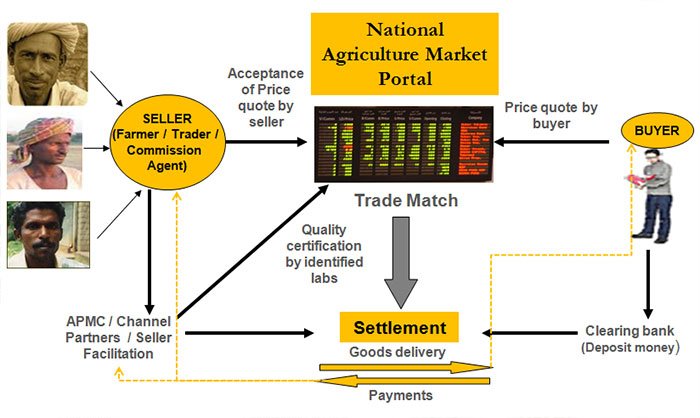
{GS3 – IE – RBI – 2023/09/22} Wilful Defaulter
- Context (TH): The RBI has issued a ‘Draft Master Direction on treating Wilful Defaulters and Large Defaulters’. It
- Expanded the scope for regulated entities that can classify borrowers as wilful defaulters.
- Broadens the definition of wilful default.
- Currently, the RBI does not have a specific timeline within which a defaulting borrower is labelled as a ‘wilful defaulter.’
|
RBI’s Proposal
The RBI proposed that:
- Lenders should label defaulting borrowers (or guarantors) as wilful defaulters:
- Within six months of an account turning non-performing.
- If the outstanding amount of a wilful default is 25 lakh and above (or as may be notified by RBI)
- Non-banking finance companies (NBFCs), All India financial institutions (AIFIs), and cooperative banks should be allowed to identify wilful defaulters.
- Once an account is identified as a wilful default:
- Banks should not grant additional credit until a year after the tag is removed.
- Loan restructuring facilities will not be offered to such borrowers.
- Any account included in the List of Wilful Defaulters (LWD) will be removed only when the borrower fully pays the compromise amount (where the lender has entered into a compromise settlement with the borrower).
- The name should not be removed for part payment.
- The following individuals are considered wilful defaulters:
- In the case of the company, its Promoters, and Directors at the time of default
- In the case of any entity (other than a company), persons managing the company.
- If the wilful defaulter is a company, its subsidiaries, joint ventures, and other such associated firms will be termed wilful defaulters too.
{Prelims – Species In News – 2023/09/22} Pterygotrigla intermedica
- Context (DTE): The Zoological Survey of India (ZSI) have discovered a new species of vibrant orange-coloured deep-water marine fish from Digha Mohana in West Bengal.
- Pterygotrigla intermedica is a species of fish commonly known as gurnards or sea-robins.

Zoological Survey of India (ZSI)
|





![PMF IAS Environment for UPSC 2022-23 [paperback] PMF IAS [Nov 30, 2021]…](https://pmfias.b-cdn.net/wp-content/uploads/2024/04/pmfiasenvironmentforupsc2022-23paperbackpmfiasnov302021.jpg)

